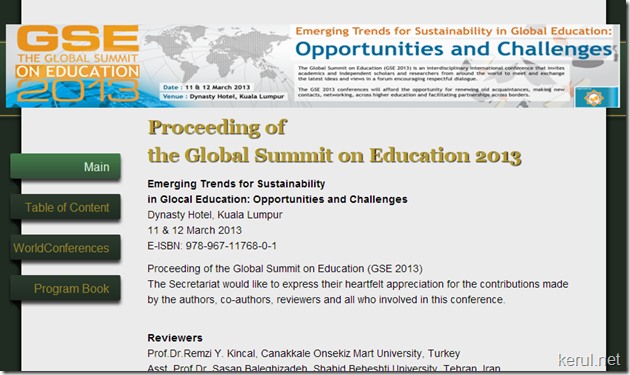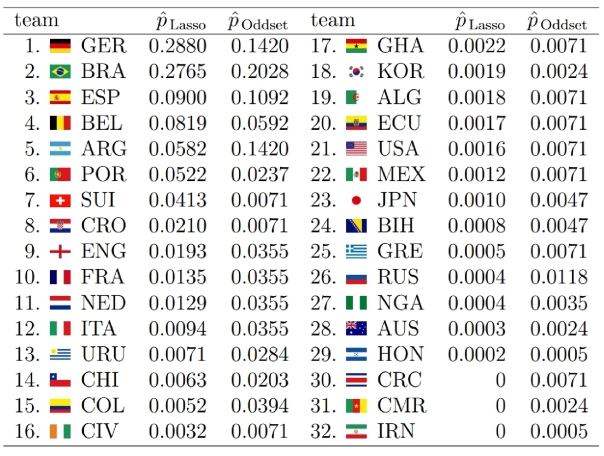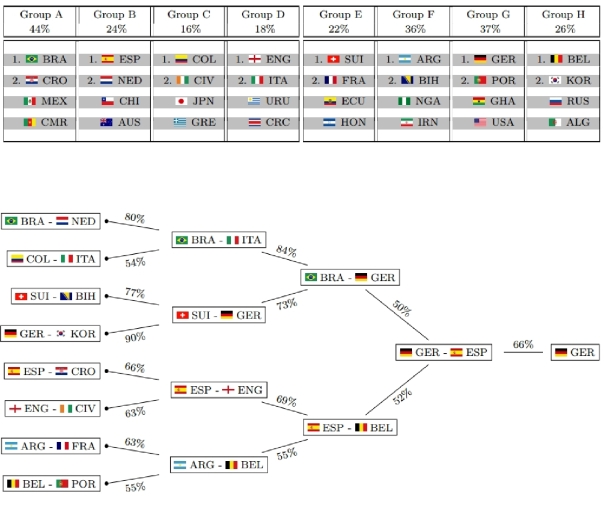
To submit your scholarly-content website, go to this URL,http://www.google.com/support/scholar/bin/request.py . Google scholar is getting popular to the academicians or researchers for their literature review and referencing. Hence, I would say it's a wise to submit the website to such service.
These are some guidelines;
Your website has a separate URL for each article, as well as a browse interface that lists all article URLs. *
Each article URL contains either the complete author-written abstract or the entire text of the paper. *
All article URLs can be read by any user without a login or payment. *
The robots.txt file on your website, if your website has one, allows Googlebot to crawl all article URLs as well as the browse interface. *
My inclusion request is for a personal publication. *
Detailed technical guidelines can be found at http://scholar.google.com/intl/en/scholar/inclusion.html.
Individual Authors
If you're an individual author, it works best to simply upload your paper to your website, e.g., www.example.edu/~professor/jpdr2009.pdf; and add a link to it on your publications page, such as www.example.edu/~professor/publications.html. Make sure that:
the full text of your paper is in a PDF file that ends with ".pdf",
the title of the paper appears in a large font on top of the first page,
the authors of the paper are listed right below the title on a separate line, and
there's a bibliography section titled, e.g., "References" or "Bibliography" at the end.
That's it! Our search robots should normally find your paper and include it in Google Scholar within several weeks.
If it doesn't work, you could either (1) read more detailed technical guidelines in this documentation or (2) check if your local institutional repository is already configured for indexing in Google Scholar, and upload your papers there.
University Repositories
If you're a university repository, we recommend that you use the latest version of Eprints (eprints.org), Digital Commons (digitalcommons.bepress.com), or DSpace (dspace.org) software to host your papers.
If you use a less common hosting product or service, or an older version of these, please read this entire documentation and make sure that your website meets our technical guidelines.
Journal Publishers
If you publish a small number of journals, consider using one of the established journal hosting services, e.g., alphabetically, Atypon, Highwire Press, MetaPress. Aggregators that host many journals on a single website, such as JSTOR or SciELO, often work too, but please check with your aggregator to make sure that they support full-text indexing in Google Scholar. Alternatively, if you have the technical expertise to manage your own website, we recommend the Open Journal Systems (OJS) software that's available for download from the Public Knowledge Project (PKP).
If you use a smaller journal hosting service, or if you maintain your own custom website, please read this entire documentation and make sure that your website meets our technical guidelines.
After almost two weeks of submission, one of the article appears in the Google Scholar search result;

- See more at: http://blog.kerul.net/2013/03/submitting-url-to-google-scholar.html#sthash.okOKmOMH.dpuf











